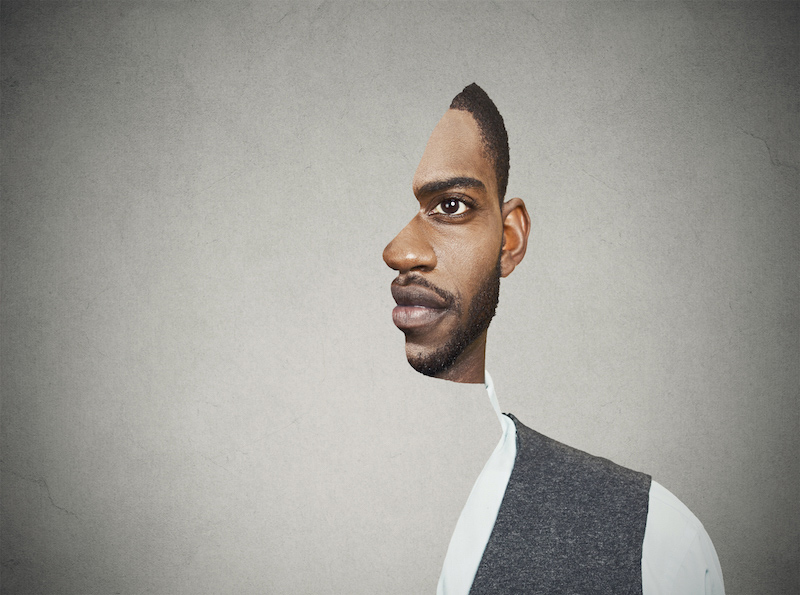
Age-related hearing loss, which concerns many adults at some point, tends to be lateral, simply put, it affects both ears to a degree. As a result, the public sees hearing loss as being black and white — someone has typical hearing in both ears or reduced hearing on each side, but that ignores one kind of hearing loss altogether.
A 1998 study estimated approximately 400,000 kids had a unilateral hearing loss due to injury or disease at the time. It’s safe to say this number has gone up in that past two decades. The truth is single-sided hearing loss does happen and it brings with it it’s own problems.
What is Single-Sided hearing loss and What Causes It?
As the name suggests, single-sided hearing loss indicates a decrease in hearing only in one ear.In intense cases, deep deafness is potential. The nonfunctioning ear is incapable of hearing at all and that person is left with monaural sound quality — their hearing is limited to a side of the human body.
Reasons for premature hearing loss differ. It may be caused by trauma, for instance, someone standing next to a gun firing on the left might end up with moderate or profound hearing loss in that ear. A disorder may lead to this problem, too, for example:
- Measles
- Acoustic neuroma
- Meningitis
- Waardenburg syndrome
- Mastoiditis
- Microtia
- Mumps
Whatever the cause, a person who has unilateral hearing must adapt to a different way of processing sound.
Management of the Audio
The mind utilizes the ears nearly like a compass. It defines the direction of noise based on what ear registers it first and at the maximum volume.
With the single-sided hearing loss, the sound will only come in one ear regardless of what direction it comes from. If you have hearing in the left ear, then your mind will turn left to search for the sound even when the person talking is on the right.
Pause for a second and consider what that would be similar to. The sound would enter 1 side no matter where what direction it comes from. How would you know where a person speaking to you is standing? Even if the hearing loss isn’t profound, sound direction is catchy.
Focusing on Audio
The mind also employs the ears to filter out background sound. It informs one ear, the one closest to the sound that you wish to focus on, to listen for a voice. The other ear handles the background noises. That is why in a noisy restaurant, so you can still concentrate on the dialogue at the dining table.
When you don’t have that tool, the mind becomes confused. It’s not able to filter out background noises like a fan running, so that is everything you hear.
The Ability to Multitask
The brain has a lot going on at any given time but having use of two ears allows it to multitask. That’s why you can sit and read your social media sites whilst watching Netflix or having a conversation. With only one working ear, the mind loses the ability to do something while listening. It must prioritize between what you see and what you hear, so you usually miss out on the dialogue around you while you browse your newsfeed.
The Head Shadow Impact
The head shadow effect describes how certain sounds are inaccessible to a person having a unilateral hearing loss. Low tones have long frequencies so they bend enough to wrap round the mind and reach the ear. High pitches have shorter wavelengths and don’t survive the journey.
If you are standing beside a person having a high pitched voice, you may not understand what they say unless you flip so the working ear is facing them. On the other hand, you might hear somebody with a deep voice just fine no matter what side they’re on because they create longer sound waves which make it into either ear.
People with only slight hearing loss in just one ear tend to accommodate. They learn fast to turn their mind a certain way to hear a friend talk, for instance. For people who struggle with single-sided hearing loss, a hearing aid might be work around that returns their lateral hearing to them.
